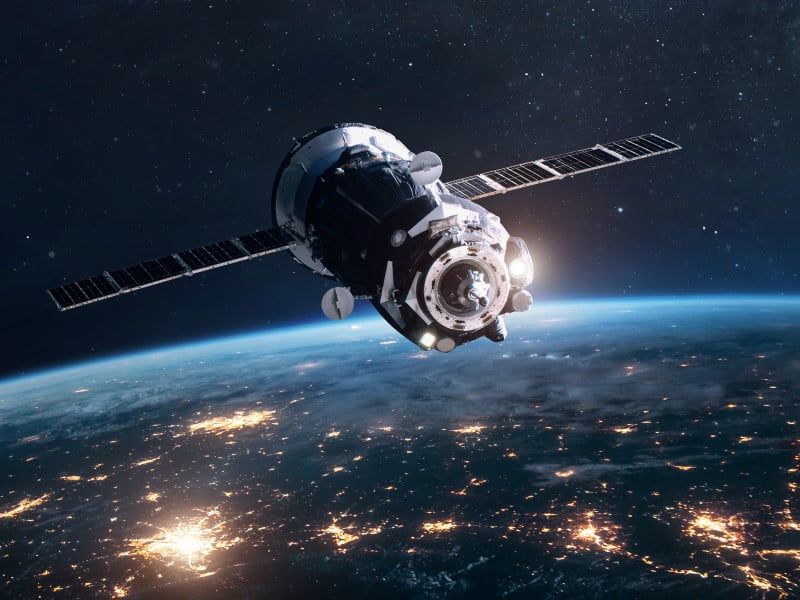NASA will partner with the Australian Space Agency on earth observation following Treasurer Josh Frydenberg’s $1.2 billion funding of Australia’s National Space Mission.
The Australian Space Agency and NASA signed a joint statement of intent at the Colorado Space Symposium on Wednesday. In last week’s budget the federal government set aside $1.16 billion over 15 years for the earth observation mission. The first phase of the national space mission involves the design, construction, and operation of four satellites.
Potential areas of cooperation were highlighted in the statement, including the potential for the Australian satellites to assist NASA’s Climate Absolute Radiance and Refractivity Observatory Pathfinder (CLARREO-PF) mission. To help provide a better understanding of the earth’s climate system, the mission will take measurements of reflected sunlight.

Also included in the statement was an acknowledgement that future space collaboration would also involve the United States Geological Survey and Geoscience Australia.
Science and Technology Minister Melissa Price said the agreement would help to secure Australia’s future in the global space community.
“For us to unleash the full power of earth observation, we need to work with our closest international partners to share data and learn from one another,” Minister Price said.
“The United States has long been a global leader in land imaging from space. In fact, their data has been helping Australians for decades. This signing is the first step toward Australia contributing to and enhancing this critical network for the benefit of both our nations.
“Our government’s $1.2 billion investment in the National Space Mission for Earth Observation in the 2022-23 Budget is the most significant in Australia’s history and it’s because of investments like this that global players like NASA are wanting to work with us.”
The United States signatory was NASA Deputy Administrator Pam Melroy who said the partnership would “strengthen the value” of their CLARREO-PF mission and global earth observation.
Geoscience Australia is responsible for operating the national space mission satellites while CSIRO will develop a data strategy for earth observation and build ground stations for management. Also partnered on the mission are the Department of Defence, Department of Industry, Department of Finance, and the Bureau of Meteorology.
Australian Space Agency chief Enrico Palermo described the national mission as a unique opportunity for the country.
“The National Space Mission is a true milestone in Australia’s space history. It takes us from a consumer to a contributor of Earth observation data, which we all know is a huge part of day to day life,” Mr Palermo said.
“By working with the United States and other international partners, we can not only secure future supply of essential earth observation data but we can also learn and develop capability that will support the growth of the Australian space sector.”
Also signed at the Colorado Space Symposium was a deal between Gilmour Space Technologies and LatConnect 60 to launch microsatellites in a planned high-resolution hyperspectral imaging constellation. The eight-satellite constellation will be owned and operated by Perth-based LatConnect.
Gilmour Space will develop the first 100-kilogram HyperSight 60 satellite on its G-class satellite bus and launch it in the fourth quarter of 2024 using Gilmour’s Eris Rocket from the Bowen Orbital Spaceport in Queensland.
LatConnect is a member of the $157 million Gilmour-led Australian Space Manufacturing Network consortium.
In 2019, the Commonwealth launched the Australian Civil Space Strategy 2019-2028, which aims to triple the size of the space sector to $12 billion and create 20,000 jobs by 2030.
Do you know more? Contact James Riley via Email.

